This week, Marvel’s original superhero team returns! That’s right, the Fantastic Four are finally back in the pages of their very own ongoing series. Does the first issue kick off a new Marvel Age of comics? We have our initial thoughts on the new title’s debut, as well as first impressions on Miles Morales Spider-Man’s first post-Bendis creative team! Don’t miss the Marvel Rundown!
 Fantastic Four #1
Fantastic Four #1
Written by Dan Slott
Illustrated by Sara Pichelli, Simone Bianchi, and Skottie Young
Inked by Elisabetta D’Amico, Bianchi, and Young
Colored by Marte Gracia, Marco Russo, and Jeremy Treece
Lettered by VC’s Joe Caramagna
Alexander Jones: This is not a hoax or a dream! The Fantastic Four are back (kind of). Joe, what did you think of the brand new Fantastic Four #1?
Joe Grunenwald: If there’s one word I would use to describe this issue, it’s “uneven.” There were nuggets of things I liked throughout, but the overall package was a collection of average FF-related stories we’ve seen done more effectively in the past. What did you think of it?
Jones: So. Marvel is in a really complicated place here. The Fantastic Four have been gone so long, I wanted the return to be gradual and the pace to be slow. It would have felt too easy if it was all back in an instant. I really enjoyed how emotional this script was. The brawl between Ben and Johnny actually got me choked up. This felt emotional and real to me. There was a truth to Dan Slott’s script which isn’t there in all of his work. The Doom story and one-pager I really enjoyed as well–I think this is a wonderful package overall.
Grunenwald: I’m with you in being okay with a slow pace for the return – it would have been clumsy to just poof have the Richards family back all at once and then they’re all off into the Negative Zone or something. My problem, at least with the main story, is that Marvel Two-in-One already exists and is great, and this felt like an okay fill-in issue for the series. If I want a Ben and Johnny story, I’ll read that book. How about a story focusing on Reed and Sue instead? I did enjoy the Doom story and the one-pager quite a bit, but the main feature left me wanting more.
Jones: I’m going to respectfully disagree. I think there are big things coming here which are teased right from the get-go. There is a big development in Ben Grimm‘s life which I thoroughly enjoyed. Plus, we get our first glimpse at things to come. I think this series is going to build up to a really bold climax when the full team returns. I remember reading the subtle, contained chapters to Miles Morales actually getting into the Spider-Man suit. The build-up made it epic when he first put on the costume. Plus, limiting the screen time with Reed and Sue amps up the intrigue about where they disappeared too. I think the limited exposure we got here is ultimately going to be a good thing.
Grunenwald: That big development in Ben’s life would have been really nice if it hadn’t come out of far left field. Since when are those characters together again? It certainly hasn’t been mentioned at all in the book that Ben’s already currently starring in. You may be right that the limited exposure for Reed and Sue in this issue will end up being a benefit, but as a person who’s been reading a series for nearly a year that’s basically done nothing but tease the return of these characters, I wanted to actually see what they were up to. I think we may have to agree to disagree on this one, though. For as weak as I thought the story was, I thought Sara Pichelli’s art was great.
Jones: We can agree to disagree here. I thoroughly enjoyed Pichelli’s work here as well. Her characters are always so expressive. I think she has taken a great influence from the recently retired Stuart Immonen but her character work has always been more expressive. I felt Johnny’s disappointment and Grimm’s genuine love because of her detailed rendering. What are some of the specific aspects of her work that you enjoy?
Grunenwald: The expressiveness of her characters is what always stands out to me. This is an emotional story for the characters and it comes through really well in each of their faces. You mentioned Ben’s love, but I was more struck by how she captured his sadness. The emotional weight he’s carrying is evident throughout the story just from looking at his face. There’s not much action in the Pichelli-drawn story, but when Johnny first flames on and takes to the skies it’s visually genuinely thrilling. And I agree about the definite Immonen influence present in her work.
Jones: I was happy with Simone Bianchi and Skottie Young’s contributions to the work as well. Both creators were selected well editorially and really added to the stories Slott scripted for them. What are your final thoughts on the issue?
Grunenwald: I really enjoy Simone Bianchi’s work, so it was nice to see him here as well. If he wanted to draw more Latveria-set stories I would not be upset. And I found the Skottie Young one-pager entertaining as a way for Slott to get out ahead of and have fun with some possible gripes about the issue.
I think I’m at a WEAK BROWSE for this issue. There’s good work on the art side throughout, and the latter stories are entertaining, but the main feature was really a disappointment. Maybe I wanted the wrong thing from this book, but it didn’t grab me the way I like a first issue to.
Jones: I’m on the completely opposite end of the spectrum. I think right now this is essentially Fantastic Four Rebirth and right where these characters need to be at the moment. This issue was adequately grounded for me and had all the feels. I’m going with a confident BUY!
Grunenwald: I like the Fantastic Four a lot and I sincerely hope the next issue turns things around for me.
Jones: Let’s hope so!
Final Verdict: Joe says WEAK BROWSE, Alexander says BUY!
 Spider-Man Annual #1
Spider-Man Annual #1
Written by Bryan Edward Hill and Emily Ryan Lerner
Illustrated by Mark Bagley, Nelson Blake II, Alberto Alburquerque and Alitha E. Martinez
Inked by Roberto Poggi
Colored by Carlos Lopez
Lettered by VC’s Cory Petit
Reviewed by AJ Frost
Sometimes, a Spider-Man tale is only about adventure and heroism. Sometimes it’s about the vagaries of being a teenager and the challenges that come with saving the world while having to finish up studying for the big test. But when Spider-Man—as a title and as a character—is at its absolute peak, it is a delicate reflection and morality play about the fragile nature of duty, forthrightness, and courage. I’m not advocating for a complete Ditko-esque descent into an objectivist read of Spider-Man, God forbid; rather, from a more subjective standpoint, the best that Spider-Man has to offer readers is when creators can use the template set by the masters and craft something meaningful for a contemporary audience.
It really has been a treat to see the ways that Miles Morales has been utilized by various creative teams. Despite any purist ire, Miles has always been a clever means to explore issues that Peter Parker would never have had to deal with. Writer Bryan Edward Hill, whose previous work has always dabbled with big political issues, takes a smaller but no less pointed look at the world through Miles’ eyes. In a nutshell, the annual is a look at the early days of Miles as Spider-Man. Not yet fully confident and in control of the ramifications of his powers, Miles struggles to understand the juxtaposition of his physical strength with his weakness in the hierarchy of his community. Like Peter, Miles is a smart kid but without extensive financial resources. In one of the opening scenes of the comic, we seem him gifted five hundred dollars by his Uncle Aaron, who gives Miles the admonition, “The only responsibility you have is to your own power.”
Hill’s sleight of hand is to position this story as one of inequality. Sure, income inequality comes to mind the quickest, but so does the inequality of expectation. Miles’ insecurities stem from a bit of an imposter syndrome (also maybe a larger critique on a certain segment of the readership?) and the fact that his family didn’t have the resources to send him to a top school with the assistance of a lottery system. The dynamic between those who would consider that five hundred bucks pocket change versus those who would find it a minor fortune sets the stage for a commentary about how certain societal systems are designed not to elevate, but to keep a status quo.
Also at play here, and rendered so beautifully by the artistic team of Nelson Blake II, Alitha E. Martinez, and Mark Bagley, are the deliberate callbacks to the timeless ethos of Spider-Man as a concept, namely that there are evils that exist and that it takes the perspicacity of the individual to strive to quell it. In this early adventure, did Miles succeed in overcoming the tribulations presented before him? Without revealing too much, it’s a mixed bag for Miles. There are lessons learned, but at a cost greater than dollars and cents.
On the whole, this annual flourishes in the aspects that count the most. It tells an engaging, never condescending story, provides new readers a self-contained narrative that doesn’t have to be connected to anything else, and imparts a keen ethical message. The art is rendered in that epic Spider-Man style, down to the classic poses, and it is all tied in a neat bow. (The backup story by Emily Lerner and Alberto Alburquerque is a cute gag that counterbalances the main story wonderfully.)
Final Verdict: This is a BUY. Oversized and worth every penny, this annual issue is a worthy addition to the already vast pantheon of great Spidey stories, and it does it in its own unique way.
Next week, prepare for Extermination!


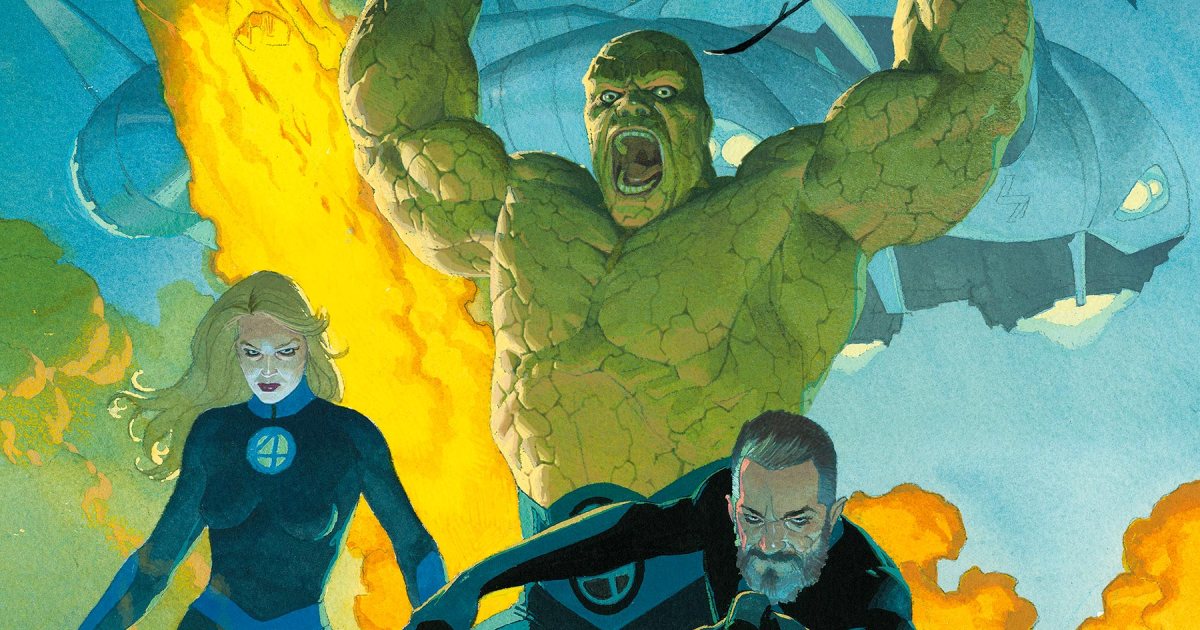
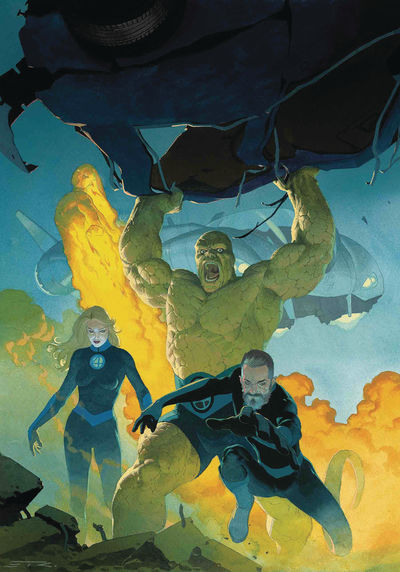 Fantastic Four #1
Fantastic Four #1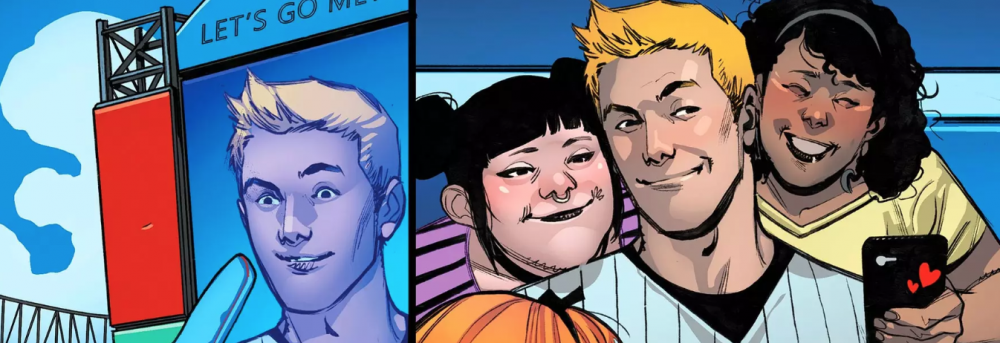
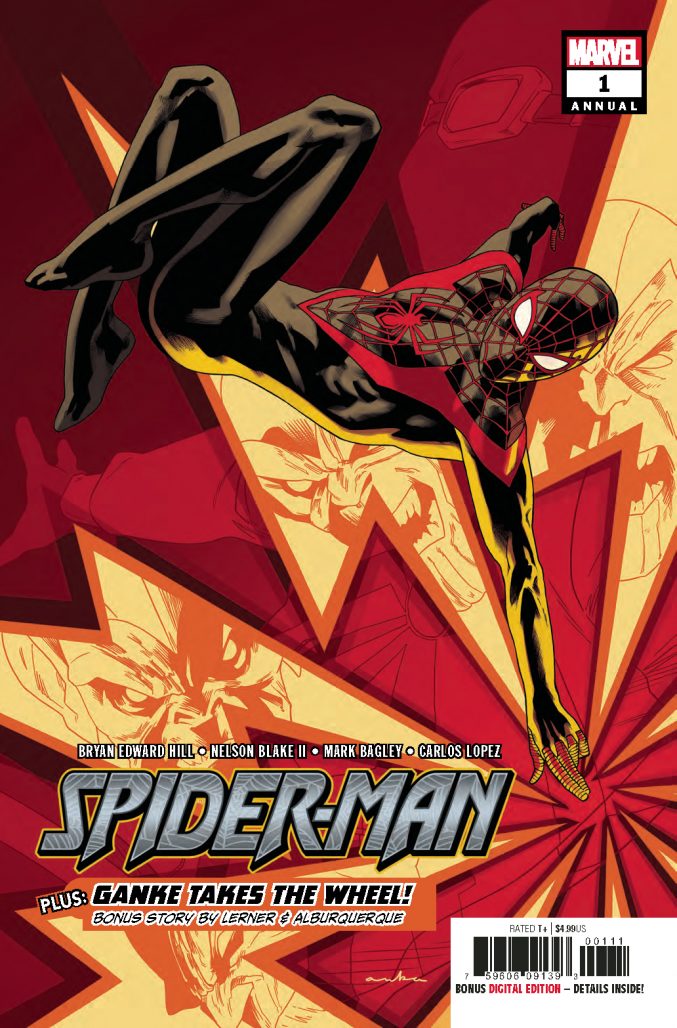 Spider-Man Annual #1
Spider-Man Annual #1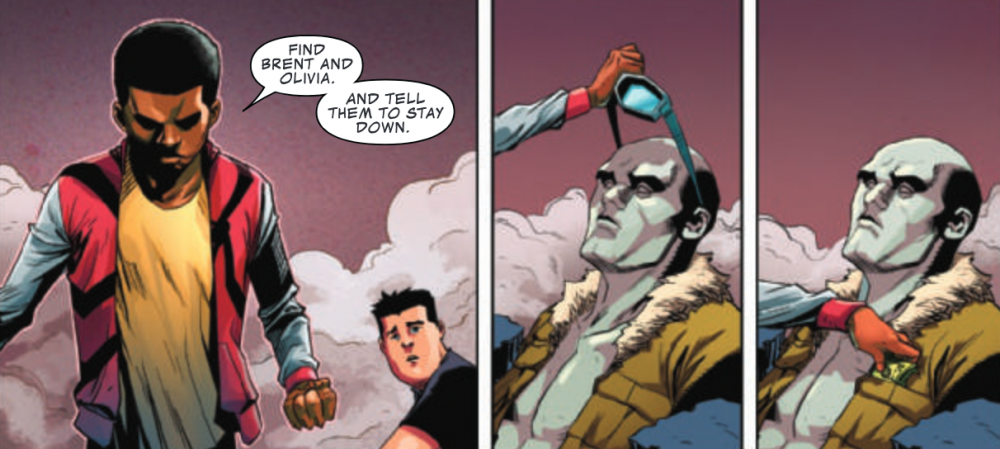


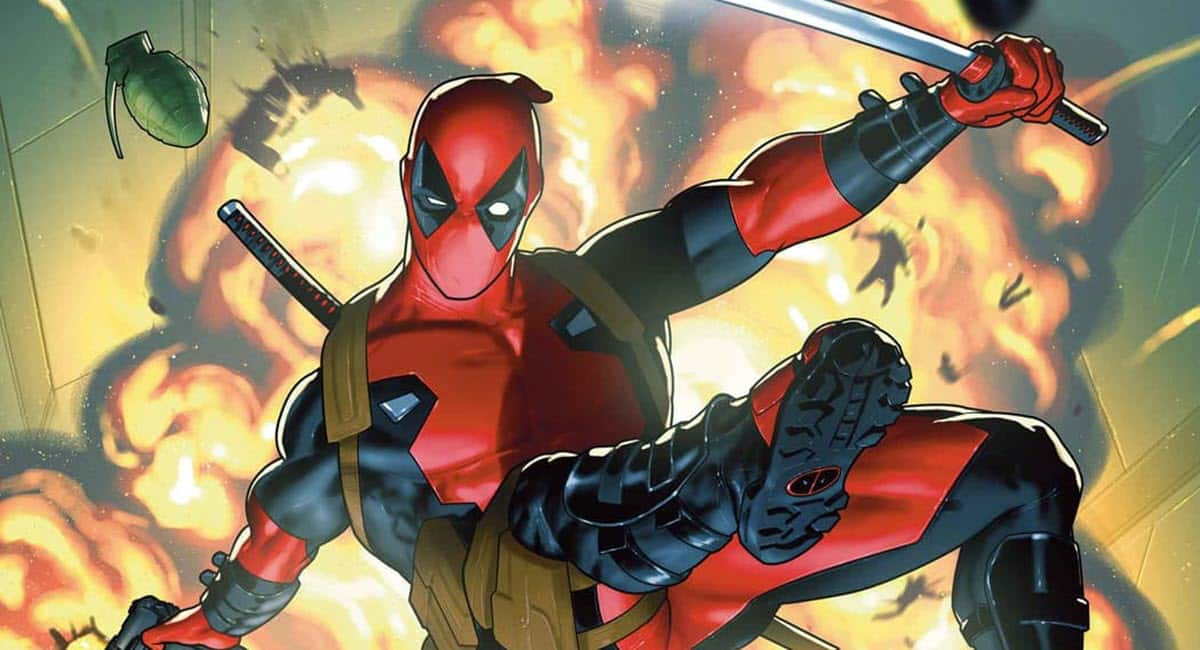


That Spider-Man does sound great
So wait a second, the much lauded FF#1 doesn’t even have the team in action?! You know what happened in the original FF #1? The FF were introduced, and they fought the mole man. All in one issue. This is $5.99 of material that can’t even get past the introduction stage. And that’s what people have been spending almost $50 to get from the Two In One series. More teases, more introductions, and more money spent.
Comments are closed.